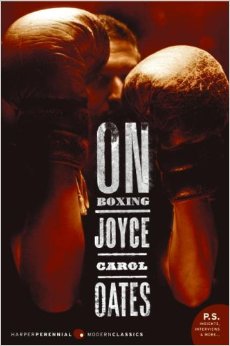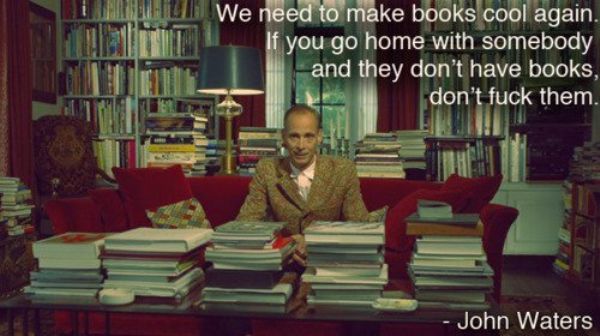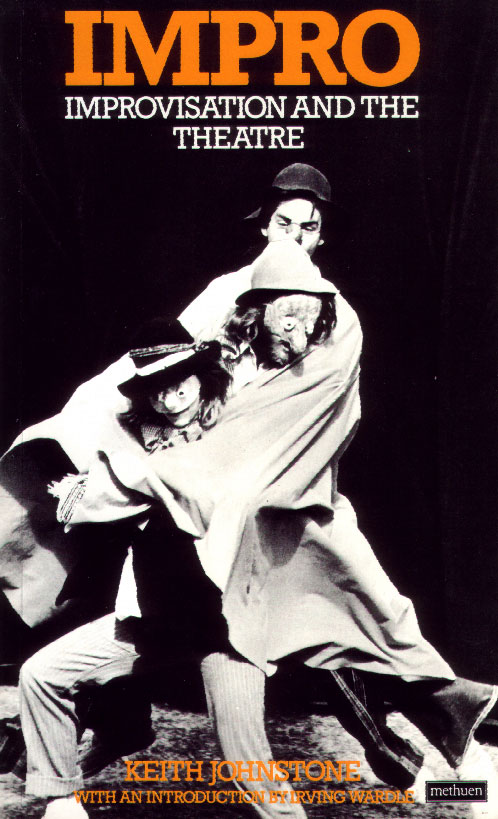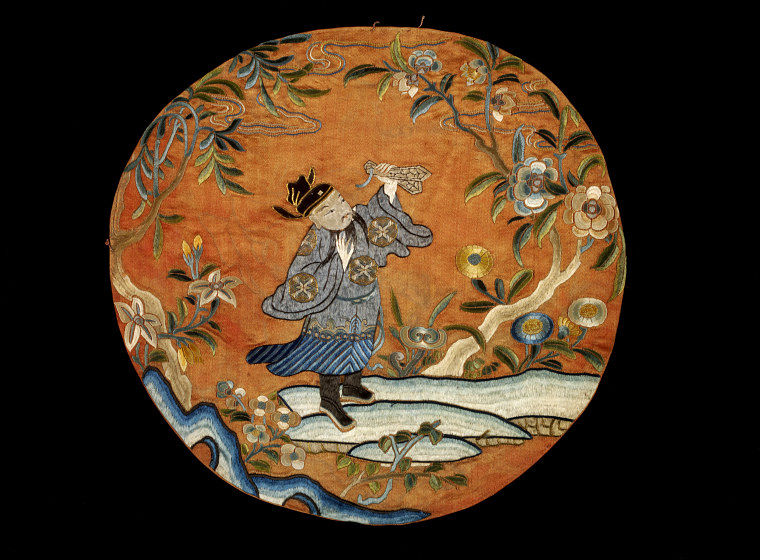Failure to adequately answer the question, what is qi? Is a seemingly never ending problem in the Martial arts. The core of the problem is that historically qi is consistently described as being both inside the body and outside the body. In the modern era there are two dominant schools of thought for dealing with this problem. The first school says there is no physical force that exists both inside the body and outside the body, therefore Chinese masters before the 20th Century must have been delusional. The second school agrees that there is no physical force both inside and outside the body, but since the Chinese masters of the past were so brilliant in other realms, we must have misunderstood them.
The insistence that qi be explainable in modern terms is something we can work with, the insistence that qi have a direct modern corollary is simply beyond the pale.
The correct question to ask is, how is it possible to have a felt experience which is both inside the body and outside the body? This is a big problem for (modern) Traditional Chinese Medicine practitioners too, because most 20th Century texts focus on describing qi as being inside the body. That is not entirely fair, 20th Century texts all describe weiqi (guarding qi) which floats about 2 to 5 inches off the surface of the skin. However weiqi is usually interpreted as radiant heat (or the capacity to distribute it) around the surface of the body. The texts rarely deal with qi out beyond 10 inches. I would argue that qi is never just inside the body, and that thinking of it as such is a modern idea.
I recommend the book The Expressiveness of the Body and the Divergence of Greek and Chinese Medicine because it tells the history of feeling the body from a Chinese cosmological perspective and from an Ancient Greek perspective and then shows how we got where we are today through looking at both art and medicine.
because it tells the history of feeling the body from a Chinese cosmological perspective and from an Ancient Greek perspective and then shows how we got where we are today through looking at both art and medicine.
Also on this topic I recently found an essay by Daoist scholar Stephen Bokenkamp, in which he draws on the work of linguist George Lakoff to discuss perception of the self as an experience of body. Lakoff is a Tai Chi guy and his practice has had a big effect on his theories about language. The idea in the essay is that Daoists had an implicit notion of self embedded in the language that exists as a continous background to constituents of self, such as jing, qi and shen or hun and pö, or the infinite array of visualized deities. Lakoff's book is called Philosophy in the Flesh: the Embodied Mind & its Challenge to Western Thought , the essay by Bokenkamp is titled, "What Daoist Body?" in a book called Purposes, Means and Convictions in Daoism: A Berlin Symposium
, the essay by Bokenkamp is titled, "What Daoist Body?" in a book called Purposes, Means and Convictions in Daoism: A Berlin Symposium .
.
Bokenkamp like many scholars of Daoist religion are asking good questions about what early Daoists thought the body was. Here is my question, how did those Daoists experience their bodies such that they thought visualizing deities would be efficacious? Or the reverse corrolarry, where did modern people get the wacko idea that visualization in and around the body isn't efficacious?
The notion that the specific body we feel is an experience of material reality is a modern conceit. When Shakespeare writes, "Mine own flesh and blood," he isn't talking about the material body, he is talking about imagined ownership and connection. Experiencing flesh and blood wasn't a static truth, and it still isn't.
We define our self, who and what we are, as a specific material experience of our body. I don't know how universal that is. But I do know that it isn't permanent or static. We only have to consider what happens to us when we are dreaming to know this can not possibly be true. There are a lot of tricks (call them methods if you prefer) in martial arts, designed to get us to drop our specific material experience of our body. But even when students understand the purpose of these tricks, such methods are hard to pull off because our specific material experience of the body snaps back like a rubber-band.
The notion that perception and action can be separated has been demonstrated to be false in countless kinesiological studies. If you doubt what I'm saying, go to Google Scholar, type in "perception action," then add a word like "matrix" or "integration," or "loop," hit return and start reading.
A few of the key terms kinesiology has come up with to describe this are, proprioception (sense of body in motion), peripreception (sense of space within arms reach), extra-periperception (sense of space beyond one's reach), and tactile perception. There are also various terms for interior perception. I tend to use the general term spatial perception which covers all of these. There are many other terms that have been created to distinguish between the many ways we feel and sense in action.
The felt body and felt space are absolutely key to all movement capacity. That is a demonstrable fact. As is the postulate that different felt experiences enhance or disrupt movement capacity.
The crazy idea that the term qi refers to something inside the body probably dates from the late 1800's. When people were trying to find a Chinese (rather than foreign) justification for the end of foot-binding, they hit on the Modern notion of "circulating qi" as a metaphor for everything good, i.e. medicine, technology, new ideas and commerce...all of which circulate around. Unbinding womens' feet was simply another way to increase circulation! China had the "qi circulation" expression earlier, but it never referred exclusively to inside the body. Before the late 1800's qi always referred to both inside and outside the body simultaneously. Chinese pre-Nationalist reformers of the late 1800's were trying to find Chinese origins or precedents for Modernity, a big part of which entailed seeing the body as a biological lump of flesh.
Whenever we are changing the way we move we are changing the ways we feel our body and space. One of the biggest obstacles to conditioning new ways of feeling is that how we feel is linked to who we believe we are. Both have to change.
For example, the idea that our body is made up of muscles is a function of the spatial imagination. It is not innate. It is not even historically coherent, people in the past didn't think of themselves this way. To have a body of muscles is to have trained one's body to feel them. Most of us learned this as children in our society (it is refined and reinforced in school), but functionally there is enormous variation between individuals. None the less, the body as muscles can be unlearned.
The idea that we can experience our body as emptiness is a core concept for all traditional Chinese movement practices, including: martial, ritual, and theatrical. However there are many different concepts of emptiness. Emptiness is understood in multiple ways.
The idea of emptiness used in Iron-Shirt practices is different from the idea used for fighting while possessed. In the case of possession, the person possessed by a deity has no memory of the experience. That is the definition of possession in China. And the understanding is based on the idea that a person's body can be an empty vessel that the deity occupies temporarily. In Iron-Shirt the body is trained to feel diffuse or numb so that it does not feel pain, this is also described as emptiness.
In one form of Daoist ritual training, adepts first establish emptiness in a part of the body, like an empty room or an office called a guan. This takes anywhere from two of weeks to two years. Then a deity is visualized in the empty space. These deities are always moving, not in the sense of running around, but in the sense that they are visualized in clouds or with flowing silk clothing. Such a deity is then referred to as an officer, also guan (one who occupies an office). In ritual perception-action a deity is moved outside the body so the experience of interior space (the office) is also outside the body.
This Daoist ritual perception-action practice is the way internal martial arts were created. The movement in the imagined empty space does not have to be a deity, it can be anything felt with the imagination. It could perhaps be a giant muscle, an ocean wave, or infinite darkness. The conventions are not important to understanding the mechanism.
The concepts of healing, exercise, exorcism, talisman, education, and beauty, are tied to the way we feel, in every culture. The insight that Daoism brings to all of these is that we have access to an experience of zero. This zero is part of the basic cosmology of ritual and is found in the Daodejing, "Dao gives birth to One, One gives birth to Two... etc...." In simpler English renewal is possible.
______________________
Editor's Note: Okay, that is the end of this short essay. What follows is a tail that readers may use as additional food for thought...
I don't know if most people are ignoring how they feel their bodies, or if most people simply tend to use language as if how we feel our bodies is set in stone (or bone?). I don't know if I'm living in a land of ghosts, or if we are all just truly alone?
I have been thinking about early Daoism and I suspect that early Daoist rituals were created to give people a shared sense of being able to change how we feel our bodies. The rituals they created were heavy on group visualizations that altered one's sense of body. And learning to read too, the early Daoists taught everyone to read and write, it was a 2nd Century literacy drive.
by Richard A. Shweder. Funny and provocative, if you want a discrete answer to the question, why men barbecue? you better read another book. He doesn't even bring it up. Which is, I suppose, a way of commenting on how crazy most academic discourses on ethics are. Anyway I loved it. If you know a student heading to college, get them this book. It is the intellectual equivalent of concealed-carry.
















